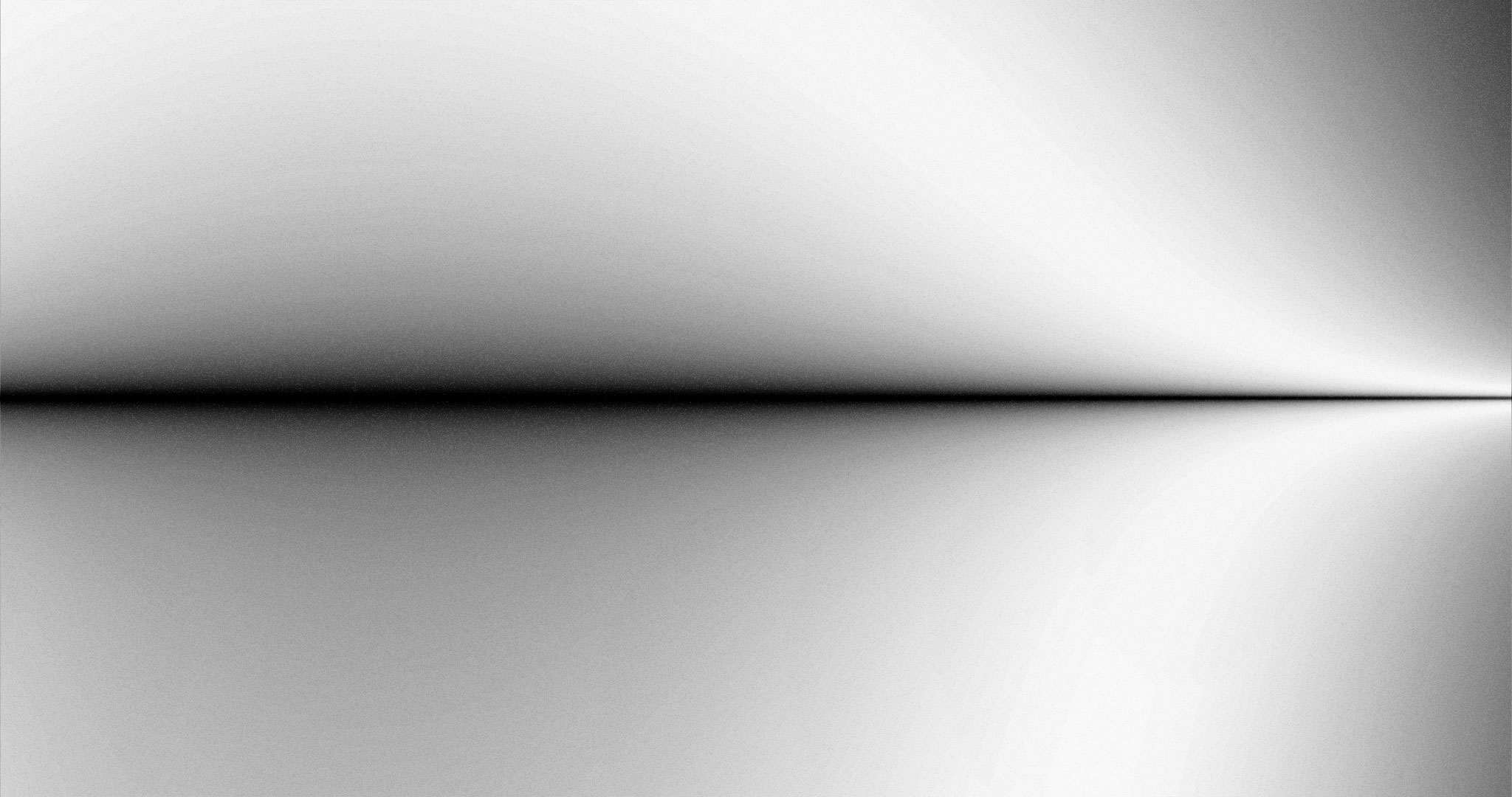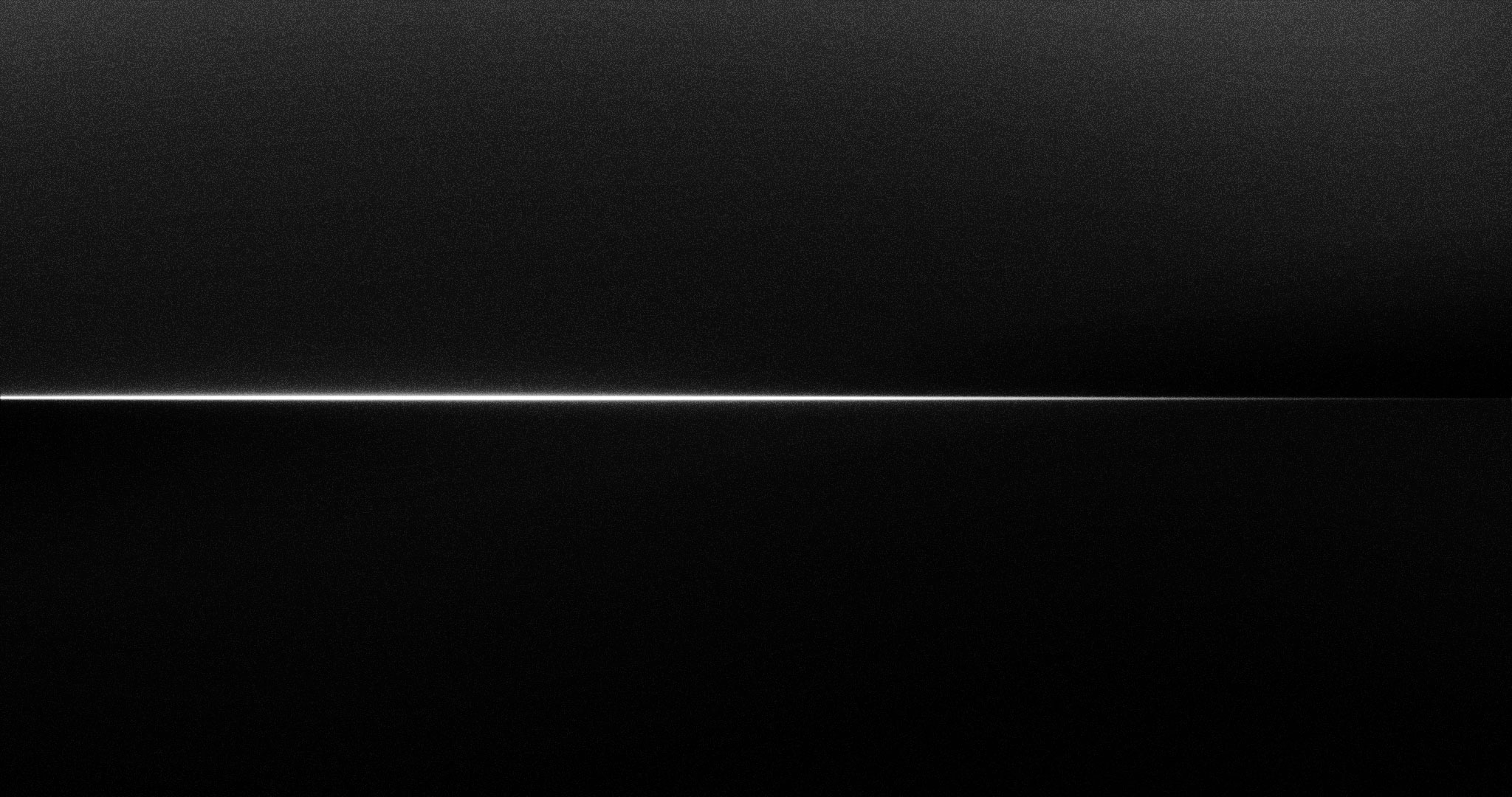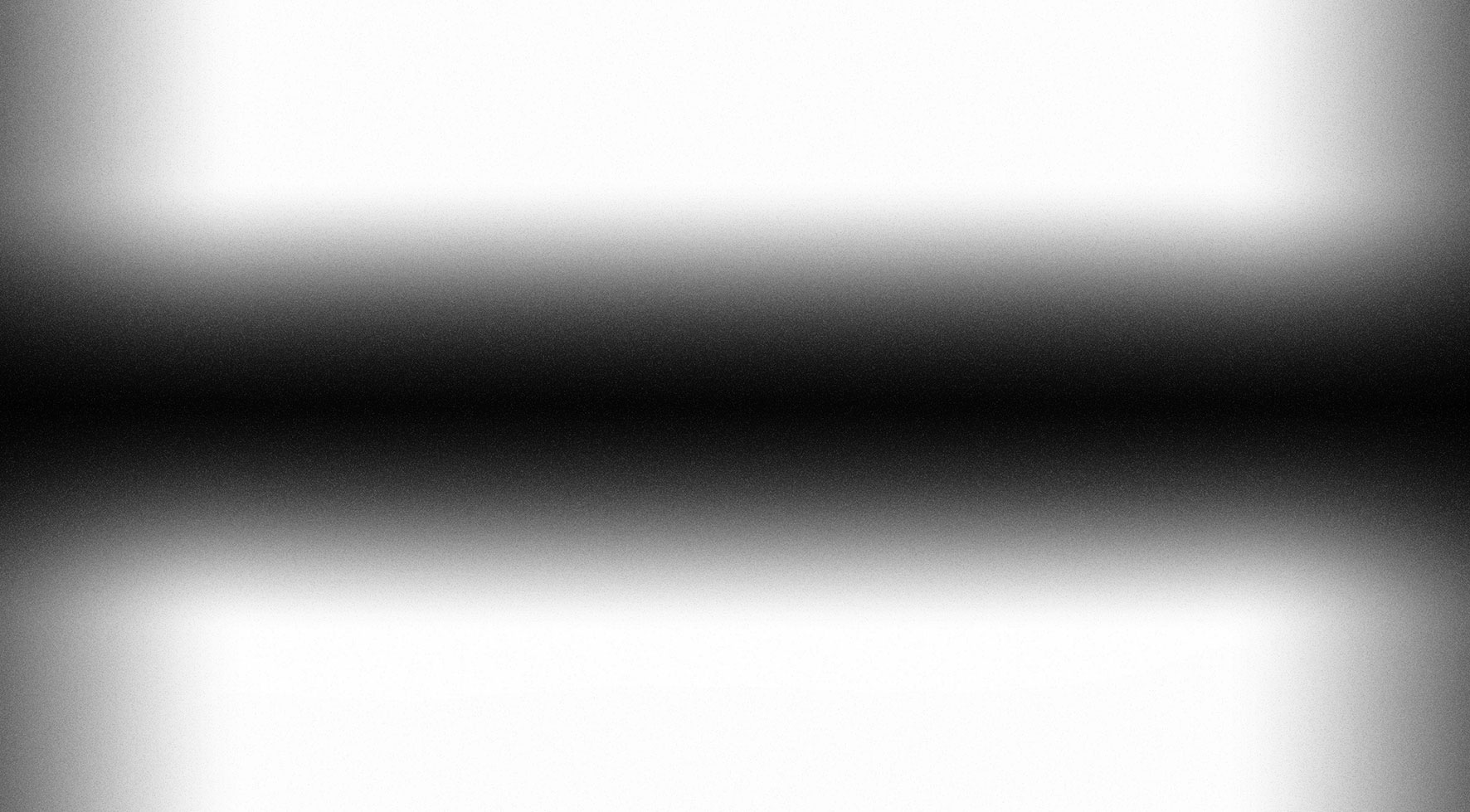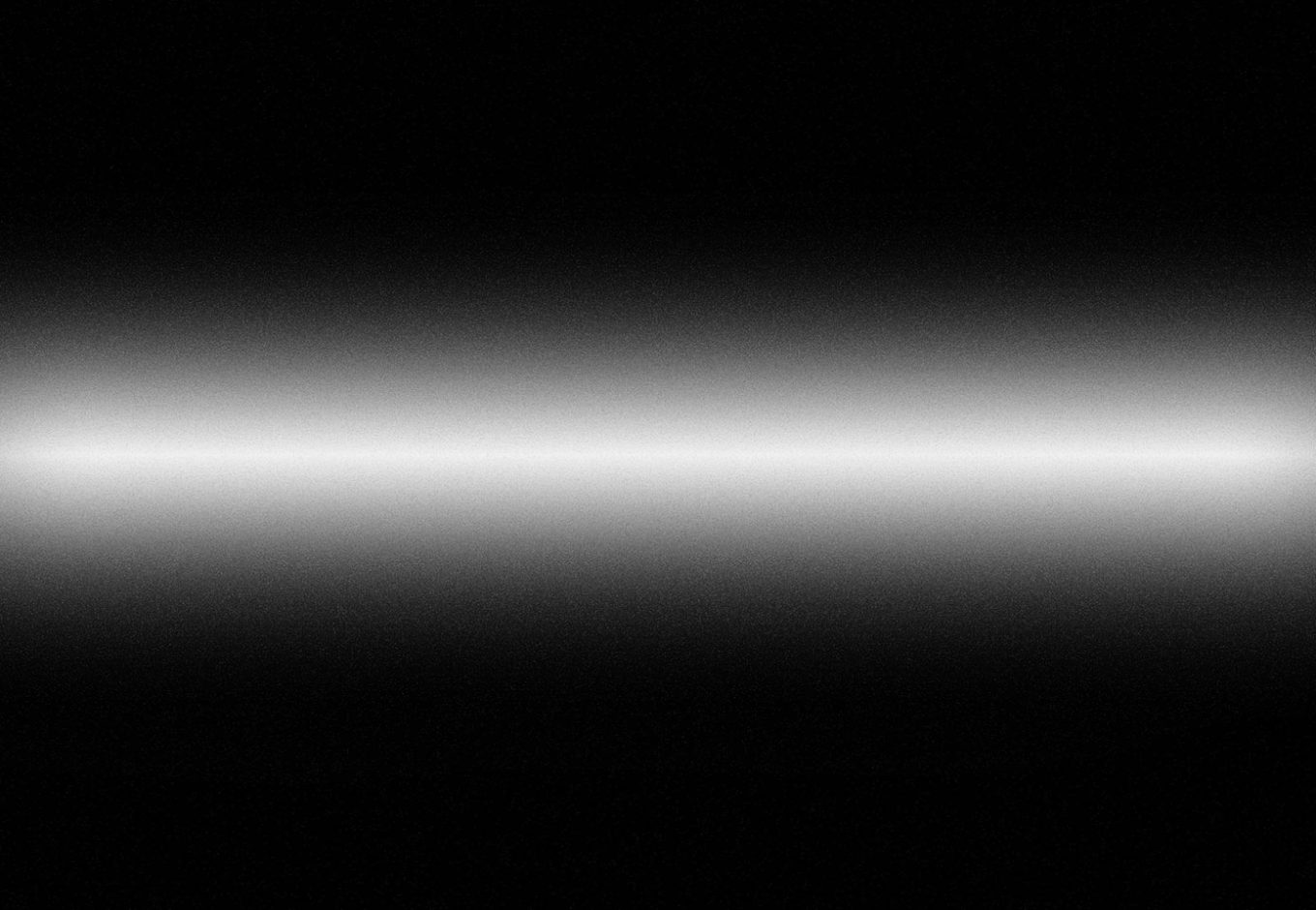Rainer Kohlberger’s visual music, between noise and light
Visually, Rainer Kohlberger‘s films and installations can be understood as pure light generated by algorithms. Fascinated by noise from a very young age, it is not surprising that the Australian digital artist and designer is now creating work that mixes the influence of drone music, flickering lights and noise. Inspired by the theory of quantum fields, sound and light paradoxically represent all the materiality of the world but also “nothing”. Much like the presence of a ghost…
How would you qualify your films and installations?
My work resides in-between historically well defined fields of film, music and visual arts. I think very musically when it comes to film and always have a visual element when I perform music. The way a film is edited has always been very close to the methods of musical composition — for me it is the same thing, you can call it visual music if you want. I create sounds and images with the same compositorial concepts that are rooted in the ideas of drone music, noise and flickering lights. My works are presented in the cinema, live on stage and in the gallery space. While some of them need to be in a specific spatial format, they can usually be transformed and shown in any of these spaces. As my images are often very flat without any objects depicted, the aspect ratio of the projection can be changed for example.
Rainer Kohlberger, Never comes tomorrow, 2016 / 2 or 4-channel videoinstallation (Stereo or quadrophonic Sound), 15 minutes loop, variable dimensions
Why light and noise have always fascinated you?
I have always been fascinated by cinema as an art form of projected light. Cinema for me begins way before film was invented as a technology to project images. Especially all its direct predecessors like magic lanterns, stroboscopes and color organs still carry a lot of fascination for me, but one could even go back to the gatherings of early humans sitting around a fire, contemplating about their day and watching shadows play as a form of cinema.
When I was a kid we had an old TV set somewhere in the basement that didn’t have any reception because its antenna was broken or something. But I turned it on anyways to stare into the noise that I could also modulate a bit by turning its knobs. So, that fascination came up early in a playful way and later in my art practice it became important again.
For me, noise is not a negative principle, but rather an idea for everything new that comes into the world. It stands for a promise of the greatest possible uncertainty; not for being addressed in our cities and systems, but for the infinity of the sea.
We think to get to know what noise is, explore it physically, want to decipher it in its abstractness, and yet it can contain something magical and contradictory. It blurs all edges, pushes everything out of focus, prevents accurate information. And yet it is ultimately essential; no life, no communication takes place without noise or is possible without noise at all. Above all, »White Noise« fascinates in its theoretical construction as the notion of an infinity which is both the ultimate abstraction and inveterately fuzzy.
Why algorithms are the centre of your artistic practice ? How do you use them ?
The computer was my first instrument. I never learned to play a musical instrument and didn’t paint either, but I had access to a PC from early on and was taught how to write code in school, but I was never very good at it. Later when I was using computers mainly for video editing I found out about creative coding environments like Pd, Max/MSP and vvvv that made it possible to work with video in a totally new way. With these tools it is possible to program visually, without writing code. Every parameter you change can be seen or heard immediately. Therefore, generating images computationally becomes way more intuitive and one incorporates the modes of trial and error a lot like it happens in other methods of creating art I guess. Only in recent years, since machine learning emerged I have started writing code again. This creative process is exactly the opposite to the real time method of visual programming. It takes many hours to calculate a few images with neural nets and it’s like a black box that works while you sleep at night and in the morning there is this magic moment when you can find something intensively interesting or endlessly dull.
How did you come up with the concept behind your film and installation ‘Not even nothing can be free of ghosts’?
The basic principle behind this film was the pulse. A constantly vibrating motion that draws you into a visual drone with empty images and a soundtrack continually and subtly shifting towards higher and lower frequencies. The spectator’s senses are given the possibility to enter their own connections between the eye and the ear. It can be understood as pure light, created out of ›nothing‹. Quantum field theory tells us that all material is vibrating, so the film’s title is derived from the notion that the differentiation between light and material is in flux and that images touch you in the cinema like a ghost.
It was released at a time when all film projectors vanished from cinemas and instead a digital projector and a computer where placed in the projection booth. So it also hints at the immaterial nature of digital cinema in comparison to the materiality of celluloid.



vimeo.com/102756516
Rainer Kohlberger, Moon Blink, 2014 / Video, audio, stroboscope, 10 minutes loop
Images © Rainer Kohlberger
His website: kohlberger.net
